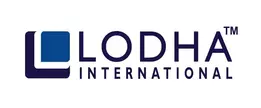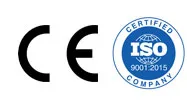Get in touch! +91 9687731331 | +91 9687631331 | info@lodhapharma.com
Global Market of Sterilization Equipment and Its Growth
Across the globe, low-temperature sterilization providers are seeking to meet the demand of hospital and clinic patients who seek to eliminate bacterial growth. This market is growing at a rapid pace and is expected to grow at a CAGR of 12% between 2022 and 2027.
Why is the Sterilization Equipment Market Rising?
Increasing incidences of hospital-acquired infections are one of the key drivers for the sterilization equipment market. The key countries/regions contributing to the sterilization equipment market growth include the U.S., Asia Pacific, and Europe. In terms of end users, hospitals and clinics are expected to dominate the market. This segment is expected to experience the highest CAGR during the forecast period.
The rising number of surgical procedures in the U.S., Europe, and Asia Pacific is a key factor accelerating market growth. Furthermore, rising prevalence of chronic disorders is expected to drive the market further. The increasing awareness regarding the need of good hygiene and the importance of sterilization are also driving the market.
Healthcare-Associated Infections (HAIs) impact hundreds of millions of people globally every year. HAIs lead to high rates of mortality and substantial financial losses to healthcare systems. However, even the most sophisticated healthcare systems cannot guarantee that patients will not become infected. However, a number of initiatives are being taken to maintain a sterile environment.
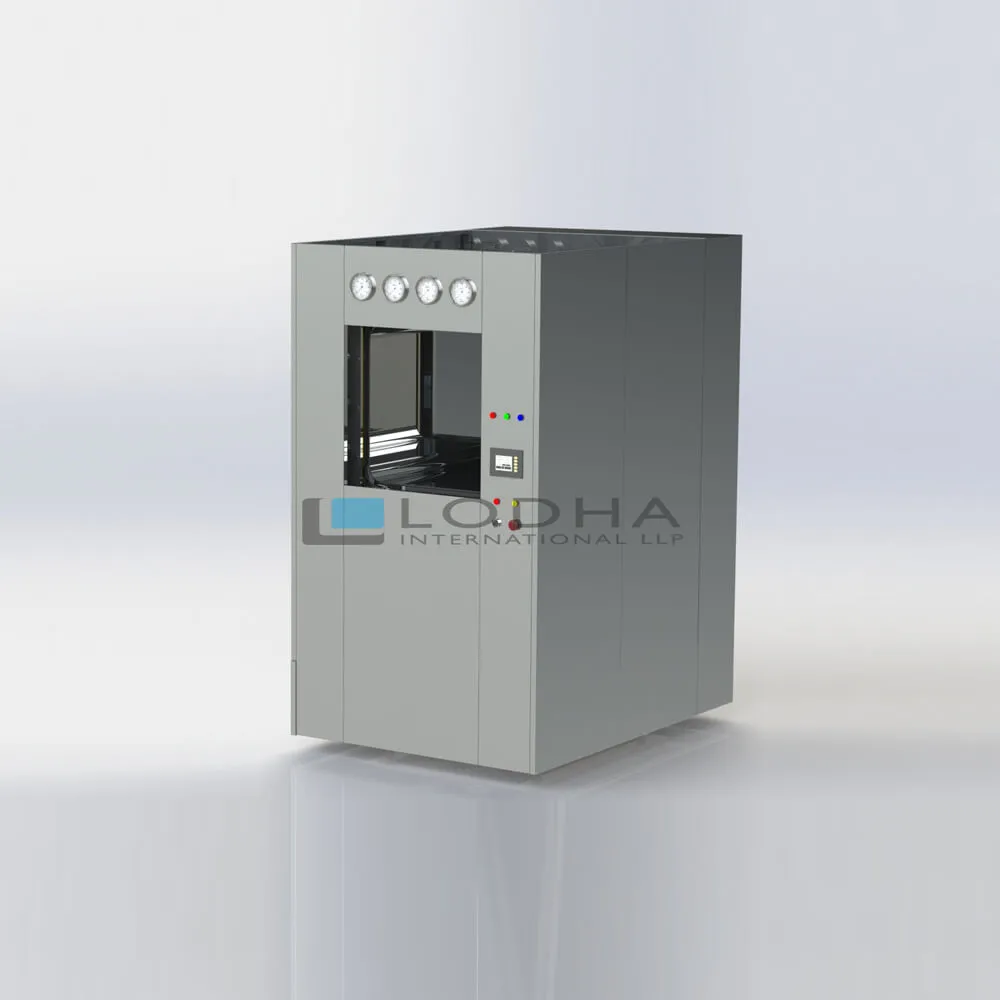
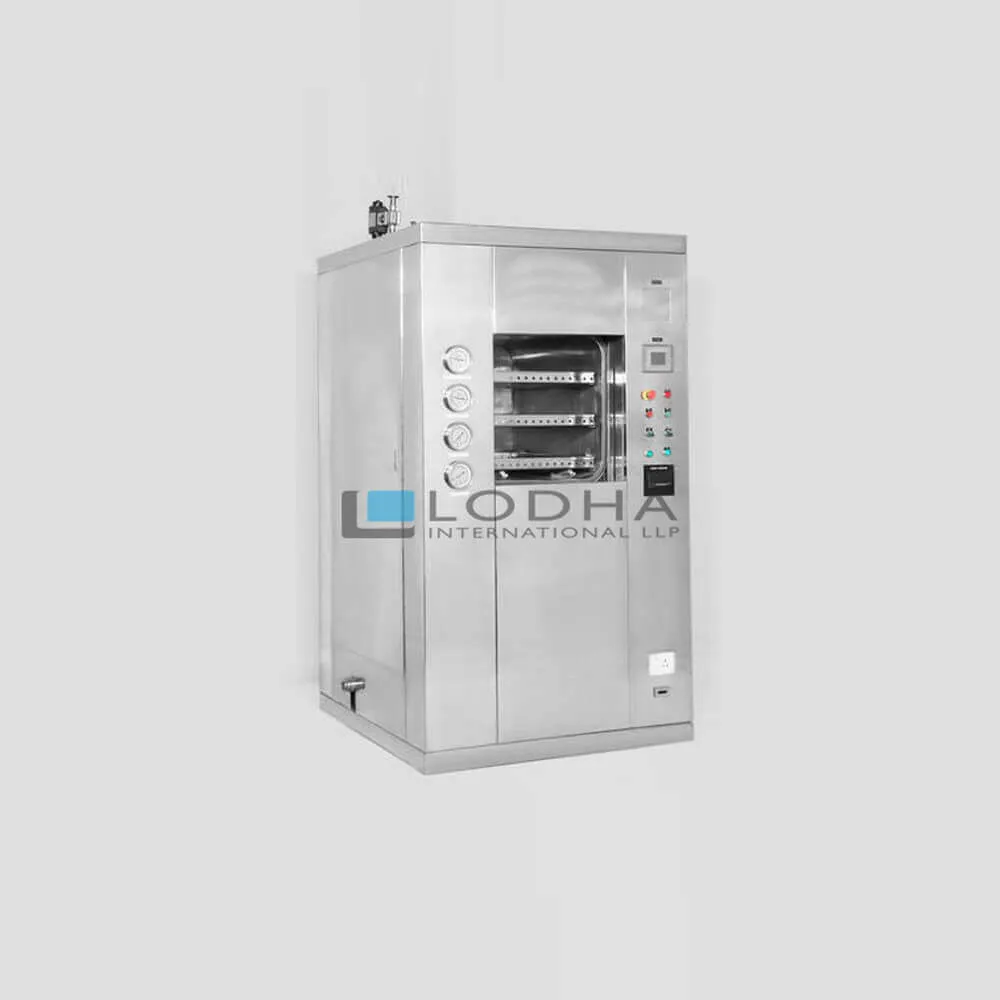
What is the Sterilizer Equipment Market Growth Globally?
Increasing sterility concerns in the food industry and mounting food supply demand are driving the demand for sterilization equipment. Several companies are launching new products with advanced features to facilitate safe and reliable sterilization practices. The market is projected to witness significant growth over the forecast period.
The equipment segment is expected to dominate the global sterilization equipment market by capturing the largest market share. This segment is projected to dominate the market over the forecast period, owing to the increased demand for food safety. Its revenue is expected to reach USD 8,959.2 Million in 2022. It is projected to reach USD 15,211.6 Million by 2028.
Hospitals and clinics are projected to witness significant growth during the forecast period. This segment is expected to witness a rise in the number of surgeries and examinations. It is also expected to witness a rise in the number of hospital-acquired infections. The rising prevalence of chronic diseases will also drive the growth of the segment.
Low-Temperature Sterilization Equipment Market Growth
Various factors such as rising prevalence of chronic diseases, increasing geriatric population, and increasing surgical procedures are driving the low temperature sterilization providers in Middle East & Africa market. Sterilization equipment is used to prevent the spread of diseases and to reduce the infection. Increasing number of hospital-acquired infections and stringent regulatory policies are also boosting the growth of sterilization equipment market.
The global low temperature sterilization market is expected to witness a significant growth. The market is projected to grow from USD 1.5 billion in 2022 to USD 2.9 billion by 2026. The major drivers for the market include the increasing use of sterilization equipment in clinics and hospitals and the growing demand for medical devices. Increasing awareness about health and hygiene among consumers is also expected to contribute to the market growth.
The market is divided into five regions. These are Europe, North America, Asia Pacific, Middle East & Africa, and South East Asia. Among these, North America and Europe are expected to account for the majority of the market share. Asia Pacific is expected to show the fastest growth.
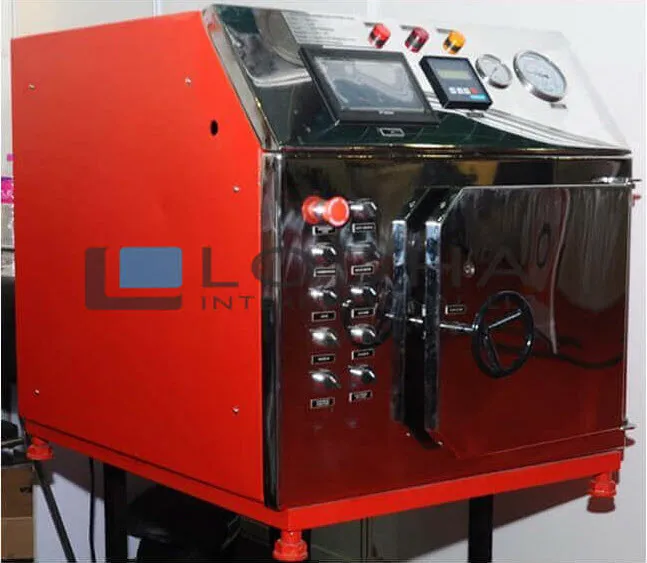
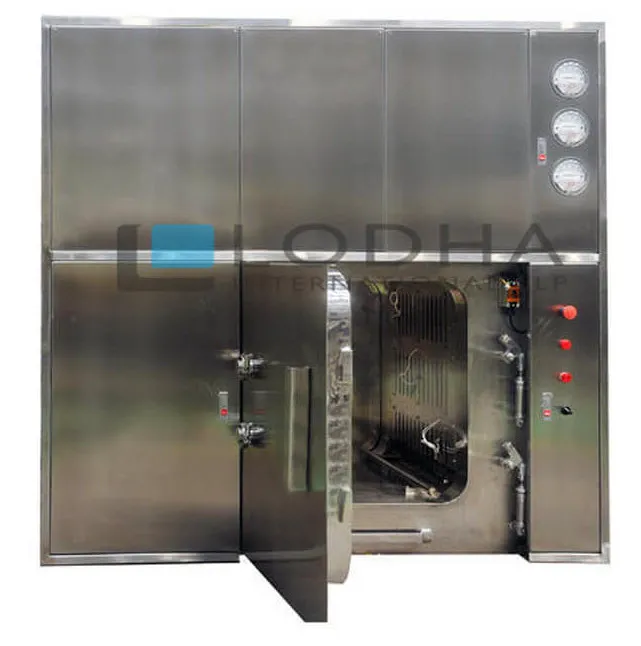
Forecast to 2027 for Sterilization Equipment
Increasing prevalence of tuberculosis and other infectious diseases is driving the demand for medical devices and sterilization equipment. In addition to this, the rising number of cardiovascular diseases is expected to lead to more deaths by the year 2030. In turn, the increasing need for quality care is projected to drive the fastest growth rate of the sterilization equipment market. Moreover, the governing authorities of several countries are implementing strict regulatory norms that validate the sterilization process of medical devices.
Moreover, the growing geriatric population in the Middle East and Africa region is also driving the growth of the sterilization equipment market. In addition, rising number of pharmaceutical companies is also contributing to the growth of the market.
The Bottom Line
In addition, the growing demand for processed foods has led to stricter food safety standards. The demand for sterilization equipment is also expected to increase due to the growing volume of surgical procedures. In addition, the increased prevalence of chronic diseases and favorable regulatory reforms are also expected to drive the growth of the sterilization equipment market in the region.
